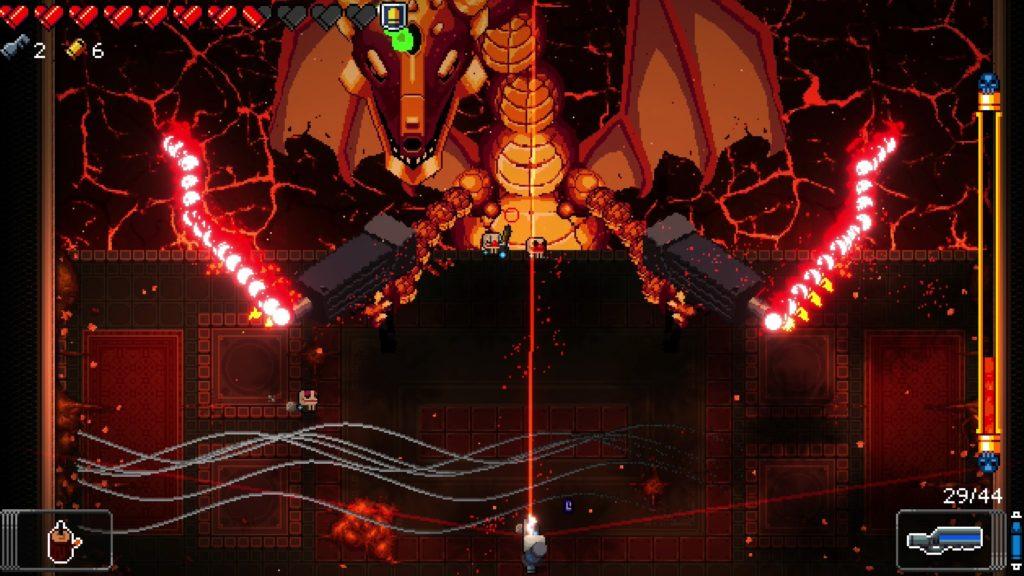
Target Audience, Name, etc.
Witchcraft! is a solo card game created by Scott Almes and published by Button Shy Games. It’s a spiritual successor to Almes’s previous solo title, Resist!, but with a darkly whimsical theme rooted in witch trials, superstition, and secret identities. Compact and quick to learn, it’s designed for ages 12 and up, though the layered mechanics and thematic choices make it especially appealing to adults who enjoy tense decision-making in a small, portable package. It’s played entirely with a wallet-sized deck, making it ideal for fans of solo board games.
Central Argument
Witchcraft! offers a tight, thematic experience that forces players to navigate suspicion and secrecy in ways that go beyond standard solo challenges. The game’s use of hidden roles and community judgment cleverly mirrors real-world social dynamics, encouraging players to think carefully not just about what they do but about how they’ll be perceived for doing it.
Analysis
In Witchcraft!, you play as the leader of a coven, organizing your fellow witches to protect a village from threats while also hiding your identities from inquisitors. Each witch card has both a revealed and hidden power, and part of the game’s core tension comes from deciding whether to reveal a witch (unlocking their full abilities but increasing the chance of being caught) or keep them secret (staying safe but limiting power).
This mechanic is thematically rich. It places the player in a constant ethical bind: Will you sacrifice a fellow witch’s anonymity to protect the village? Is it more just to remain hidden and let bad things happen, or to take the risk and fight back? Every turn is a balancing act between strategy and self-preservation.
One moment in gameplay I found interesting is when you’re forced to decide whether to send a powerful but already-revealed witch on a mission. If you do, it’s effective, but they’ll likely be caught afterward. That trade-off embodies the game’s central theme: fighting for good has a cost, especially in a world where simply being different is a punishable offense.
Compared to other solo games in the genre, Witchcraft! has a tighter connection between mechanics and narrative than most. Many solo card games, like Under Falling Skies or Coffee Roaster, are mechanical puzzles. In contrast, Witchcraft! asks players to consider context and social narrative not just efficiency. This gives it a distinct personality and makes every win feel hard-earned and thoughtful.
Improvement
As much as I admire the design, the game’s compact nature sometimes works against it. The limited number of threat types can make repeat plays feel a bit predictable over time, and the small card count means you’ll start seeing the same witches pretty early. An expansion could easily deepen the experience with new threats or coven powers.
The other small critique is clarity: the rules, while brief, can occasionally be ambiguous during edge-case interactions. A more robust FAQ or reference guide would help smooth out the learning curve, especially for players unfamiliar with Resist!.

Ethics
Witchcraft! quietly presents an ethical lens. The fear of being accused — and the consequences of exposure — echo real-world histories of oppression. It made me think about the way societies punish the “other,” and how heroism often comes at great personal cost. In one playthrough, I won by exposing nearly my entire coven. While this was a “successful” game mechanically, but one that left me questioning what I’d sacrificed to get there. Was the victory worth it? It challenged my assumptions about what success in a game like this should feel like.
Learning & Game Design
Using the MDA framework, Witchcraft! excels at aligning its Mechanics (hidden/revealed roles, threat resolution) with its Dynamics (managing risk and suspicion) and Aesthetics (a feeling of paranoia, sacrifice, and silent rebellion). The game’s small scale makes each decision feel weighty which touches on the concept of mechanics as a form of expression and subversion.
In terms of formal elements, Witchcraft! plays with hidden information, resource management, and emergent narrative. It’s an example of how minimalist design can still deliver rich emotional and strategic depth, especially when narrative and mechanics are so tightly fused.




